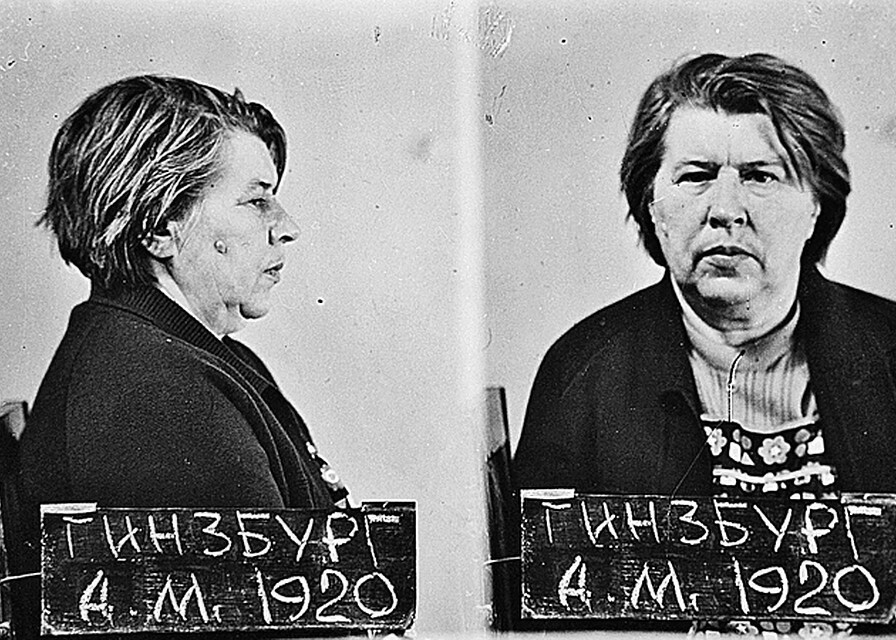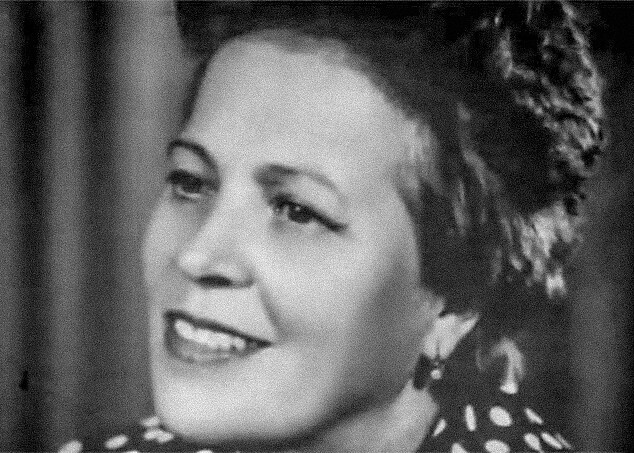
The search for Antonina Makarova lasted 30 long years. At the start of WWII she volunteered for the front as a nurse, but would soon swear allegiance to the Nazis. And she was tasked with the dirtiest job of all – executing Russian prisoners. Antonina ended the lives of some1,500 people, using a machine gun. When the Soviets took Konigsberg (present-day Kaliningrad), she forged her documents, making it look like she served in a Russian battalion. She was executed on August 11, 1979.

Antonina Ginzburg (Makarova)
Public domainBerta Borodkina, an Honored Worker of the Food Industry of the Soviet Union, was nicknamed “Iron Bella”. She began her career as a waitress in 1951, at the age of 34, and twenty-three years later became the head of the restaurant and canteen industry for the Black Sea region – the USSR’s main resort region. In that role, she presided over a vast corruption structure. Money was made from everything: diluting sour cream with water, diluting cognac with tea, etc. Borodkina was sentenced to death, Soviet journalists say, mainly because she knew too much and knew too many people – she could have brought down many Party officials, tied up in this scheme. She was executed in 1985.

Berta ("Bella") Borodkina
screenshot from "Soviet Mafia. Iron Bella"/TVCThe third woman to be executed was Tamara Ivanyutina, a school dishwasher. She poisoned over a dozen people simply because she didn’t like them. Among the victims were several schoolchildren – “because they refused her orders to arrange chairs in the canteen hall” – as well as her first husband and her second husband’s parents. Ivanyutina’s sister and parents also poisoned people they didn’t like! She was executed on December 6, 1990.

Tamara Ivanyutina
Screenshot from "Investigation with L. Kanevsky"/NTVDear readers,
Our website and social media accounts are under threat of being restricted or banned, due to the current circumstances. So, to keep up with our latest content, simply do the following:
If using any of Russia Beyond's content, partly or in full, always provide an active hyperlink to the original material.
Subscribe
to our newsletter!
Get the week's best stories straight to your inbox